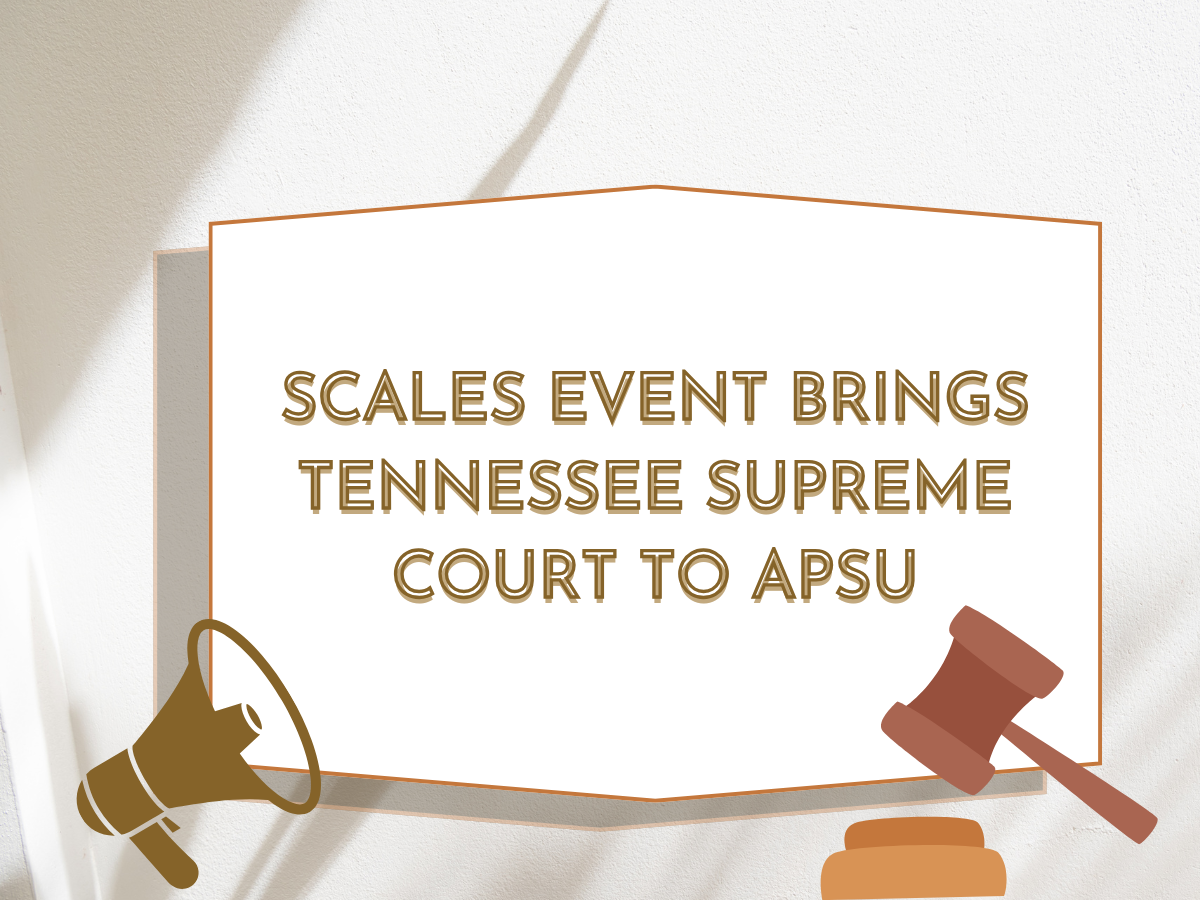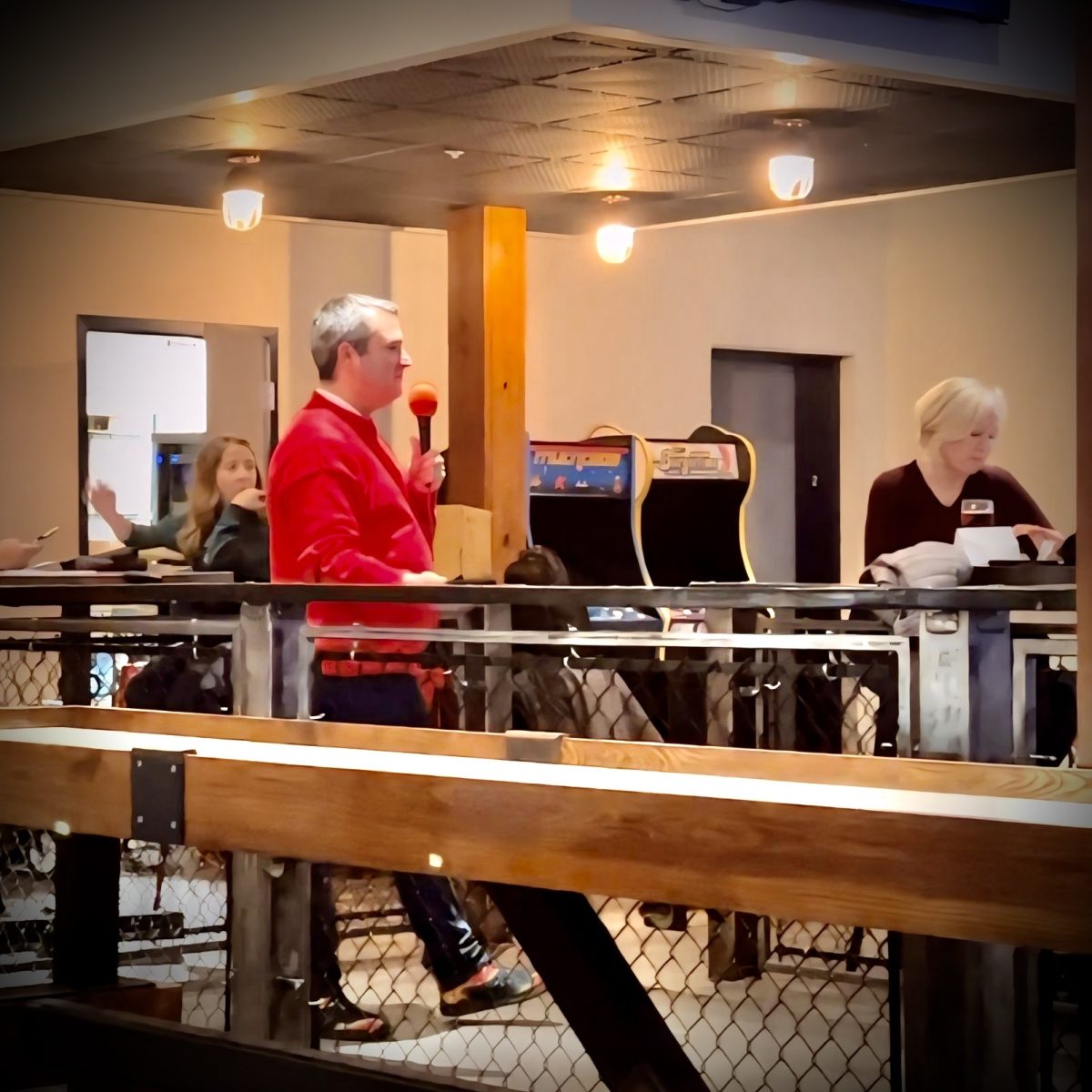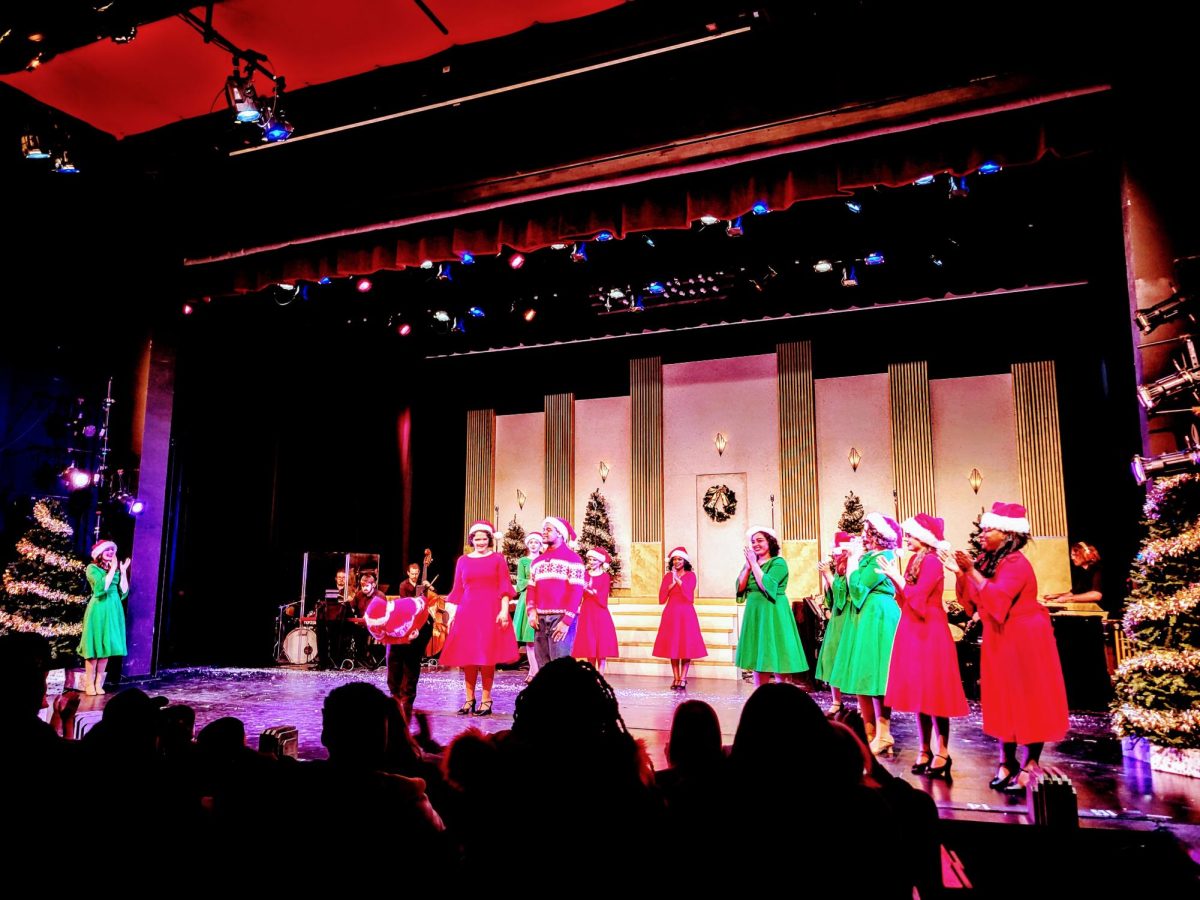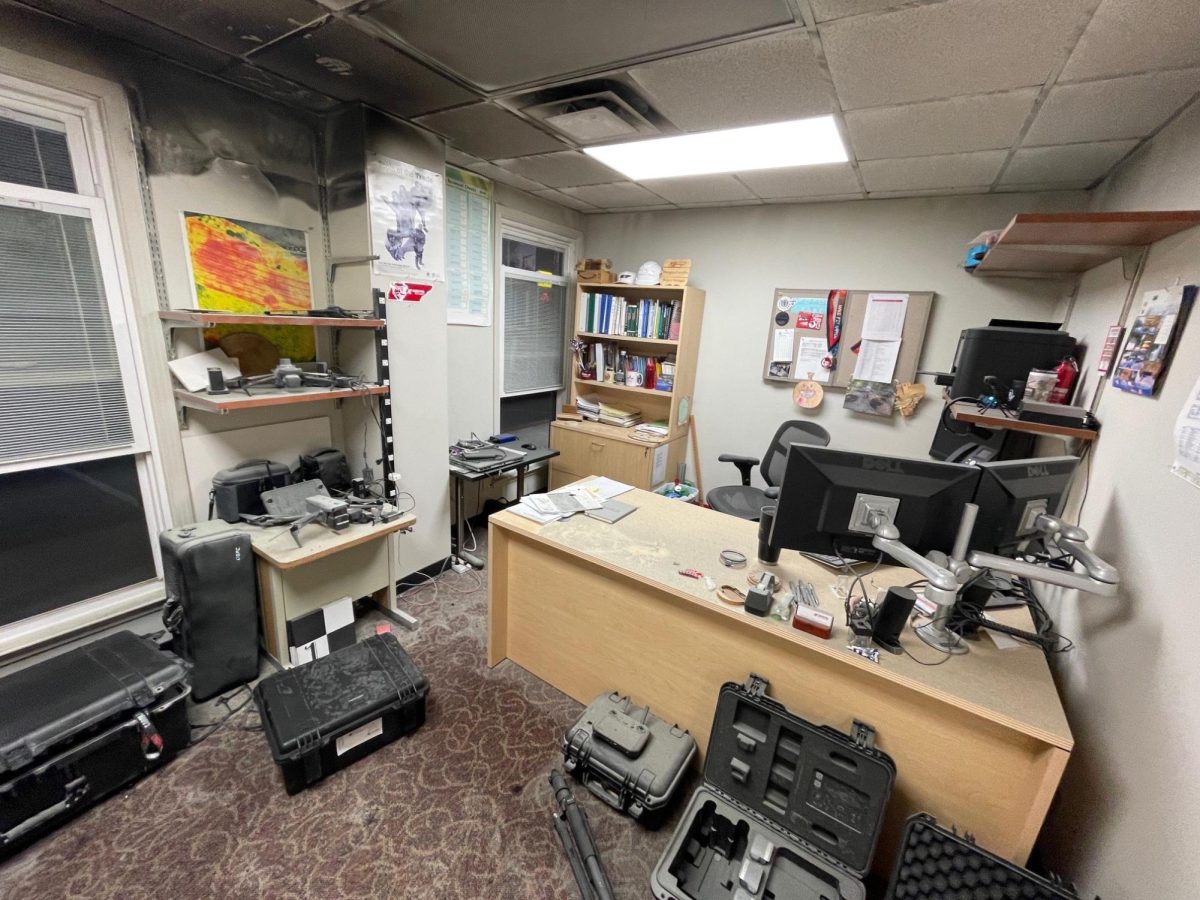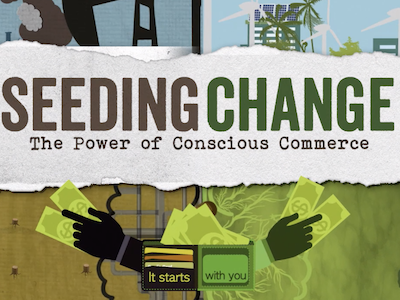The violence that took place in Charlottesville, Virginia on Aug. 12 shocked the nation. The aftermath brought discussions to the media about race relations, white supremacy and the validity of controversial monuments, specifically those of Confederate figures. Although the events happened in Charlottesville, the implications effect cities and college campuses across the nation.
On Tuesday, Sept. 5 APSU literature professor Dwonna Goldstone, history professor Kelly Jones and coordinator of fraternity and sorority affairs Stephen Dominy moderated the first “Critical Conversation” of the school year. The conversation was pertaining to the events in Charlottesville and how they effect APSU.
In light of the Sept. 1 decision to keep a bust of Nathan Bedford Forrest, a Confederate general and first grand wizard Ku Klux Klan, in the Tennessee state capitol this conversation was particularly timely.
“We decided we needed to mark down a time and place for students to talk about recent events,” Jones said.
The room was full of students and faculty, many of whom gave their opinions on the validity of confederate monuments in state buildings. Several people expressed concern about the placement of such monuments, feeling that a museum would be a better place to recognize the darker parts of history.
One student equated state-sponsored monuments with “propaganda” because monuments on state property seem to be an endorsement by the government of the views expressed by the subject. Others however, felt the Nathan Bedford Forrest statue is little more than the stone and metal that make it up.
Some felt that the removal or installation of a monument has little effect on the way people think and behave. Those that disagreed questioned whether people, particularly minorities, should have to experience these statues and monuments in public spaces, because those in the majority feel the monuments are okay.
The installation date of many monuments was problematic to many students. The Nathan Bedford Forrest bust in the state capitol was installed in the 1970s, which was over 100 years after the Civil War. Several in attendance at the meeting expressed concern that monuments such as these were put up fairly recently and that state governments allowed them.
Recurring themes throughout the discussion were the concepts of true and real history, the context of those monuments and what role certain privileges play in the acceptance or rejection of those monuments.
The problem, many students explained, has to do with education. Many Americans, whether it be the fault of state education or cultural norms, have a limited understanding of history and make judgments based on limited information. Changing this is difficult.
One professor said like it is “like swimming upstream in a narrative of misrepresentation”.
“This conversation was just the beginning,” Dominy said.


